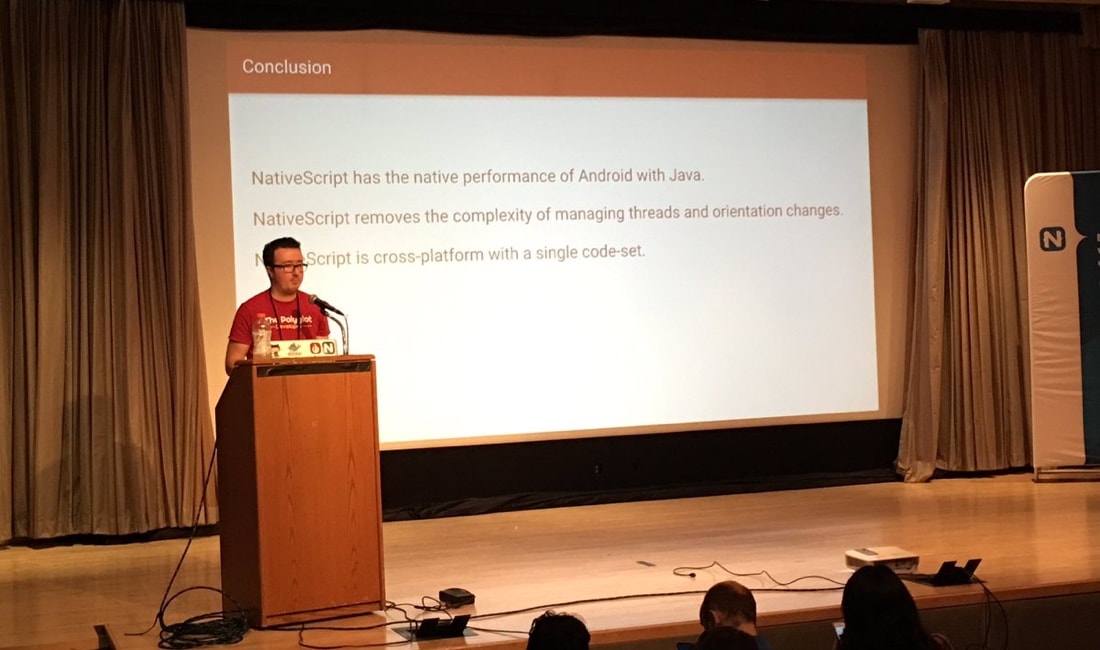Send SMS Text Messages In NativeScript With Angular
Not too long ago I wrote a tutorial titled, Use Social Media Sharing Prompts in a NativeScript Angular Application, which demonstrated how to share content from the device. The sharing included locations like Facebook, Twitter, and anything else the platform found appropriate. This included SMS text messages.
Social sharing functionality isn’t the only way to access the messaging and dialing features of an Android and iOS device.
We’re going to see how to send SMS text messages in Android and iOS via an application built with NativeScript and Angular.
Read MoreUsing A Mapbox In A NativeScript Angular Application
Including map functionality in your mobile application is often a very important necessity, depending on the scenario. Maybe your application needs to do navigation, or simply just show locations on a map.
There are many different map providers, the most popular being Google Maps. However, Mapbox is picking up steam because of how easy it is to use and its pricing model.
We’re going to see how to include Mapbox in our NativeScript Android and iOS mobile application using Angular and TypeScript.
Read MoreInclude A Hamburger Menu In A NativeScript Android And iOS Application
Most, not all, Android and iOS applications follow a similar set of rules when it comes to user experience. For example, many applications make use of what can be referred to as a hamburger menu in the top left or right hand side of the screen. These hamburger menus look like three horizontal lines and are useful for bringing up some sort of menu, typically from either of the sides of the screen.
We’re going to see how to make use of the hamburger menu in a NativeScript with Angular mobile application.
Read MoreNativeScript Sidekick For Assisted Project Creation And Cloud Building
I was recently at NativeScript Developer Days 2017 and I was anxious to learn more about Telerik’s new developer tool called NativeScript Sidekick. I had heard about Sidekick prior to the conference, but I never had the chance to see it in action.
After seeing Sidekick in action, I must say, it is wonderful!
We’re going to see why Sidekick is so great for NativeScript development and how to get the most out of it for your own Android and iOS projects.
Read MoreNative To Hybrid And Back Again
I was recently attending NativeScript Developer Day 2017 in New York City, which is Telerik’s very own NativeScript conference.
This was a fantastic conference where I was not only a participant, but also a speaker at the event. At this event I had given a fresh presentation titled, Native to Hybrid and Back Again, where I had discussed my own personal experiences when it came to mobile application development.

I want to take the opportunity to summarize what I discussed during this event and share the slides that went with my presentation.
Read MoreUse Google Analytics In A NativeScript Angular Application
So you’ve spent time creating an awesome mobile application, but how do you know how it is performing in each of the available app stores? How can you gauge the user interactions with your application to better improve what you’ve built? The easiest way, and in my opinion the best way, would be to incorporate Google Analytics. With Google Analytics we can track application events, screen views, and other things without leaking any identifiable information about the user.
We’re going to see how to include Google Analytics in our Android and iOS mobile application built with NativeScript and Angular.
Read MoreRequest Android Permissions In NativeScript Using Angular
With every version of Android comes more security measures dropped into place. For example, in Android 6+ the user needs to grant permissions when doing certain activities, such as using the camera. These security measures are more aggressive than the previous form of asking permissions in the manifest file.
So what if we want to prompt the user to grant permissions at a time other than when trying to use the feature that requires the permissions? For example, asking for camera permissions when the application loads, rather than when we try to use the camera feature of the application?
We’re going to see how to request permissions in an Android NativeScript project with Angular.
Read More